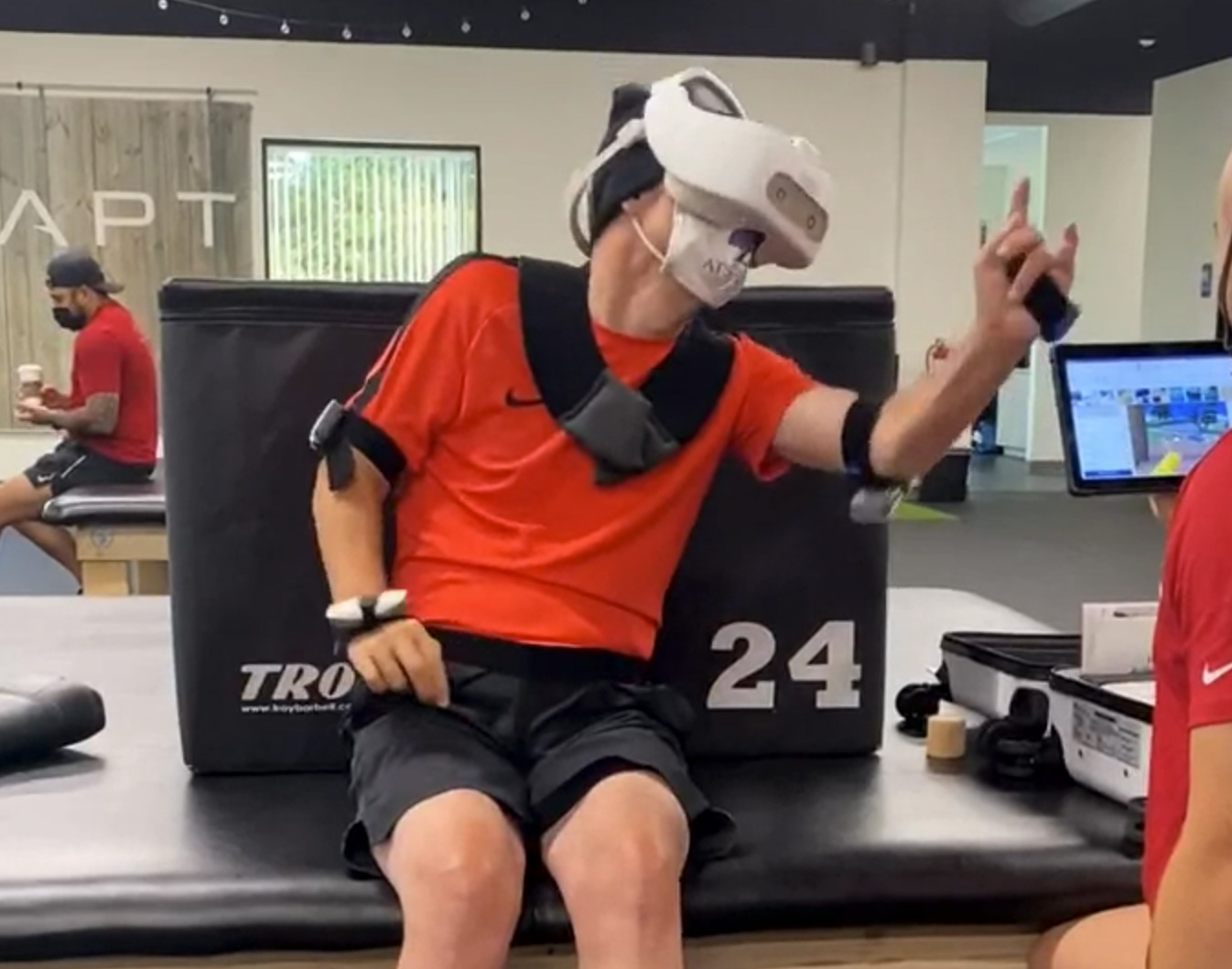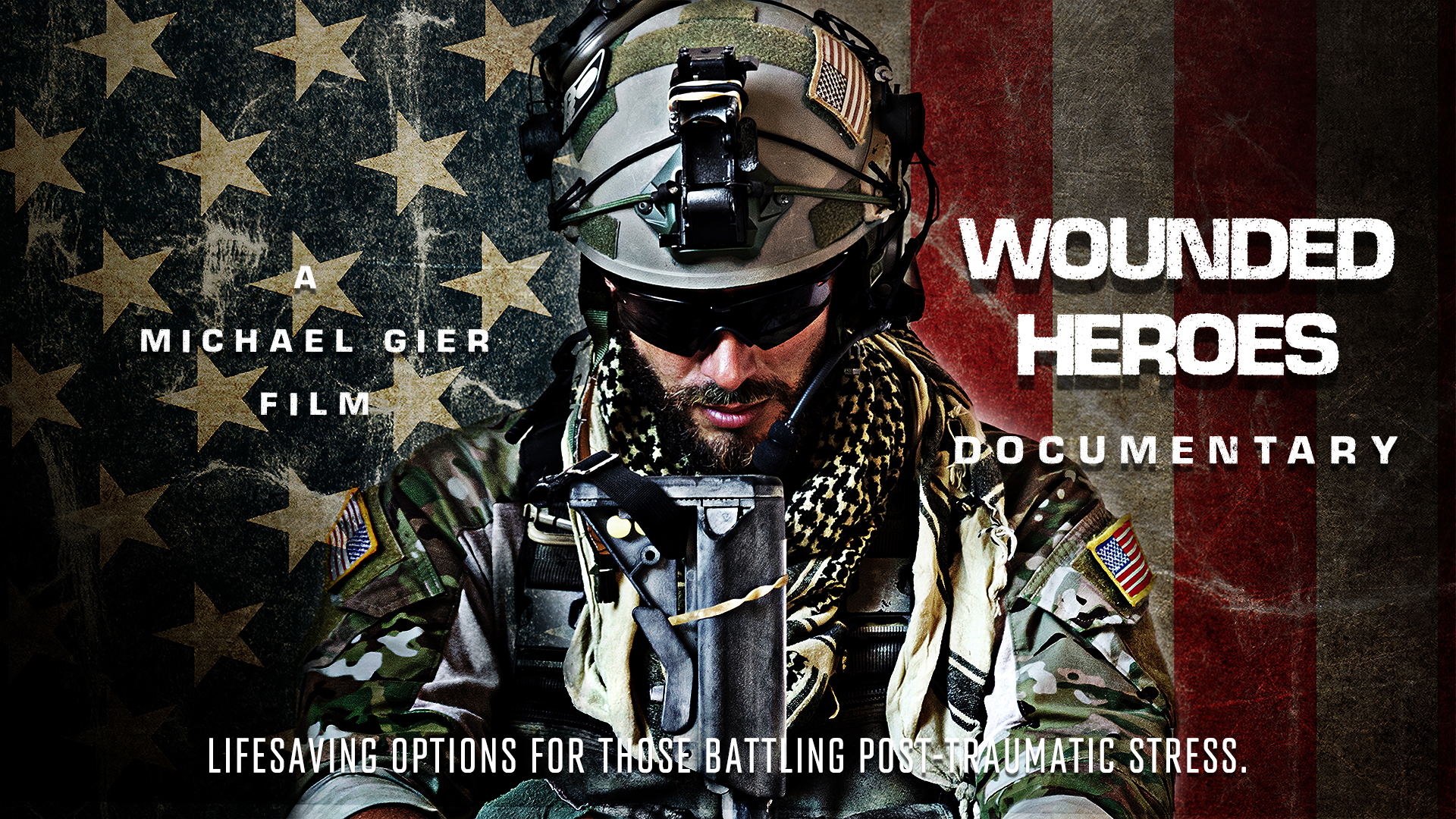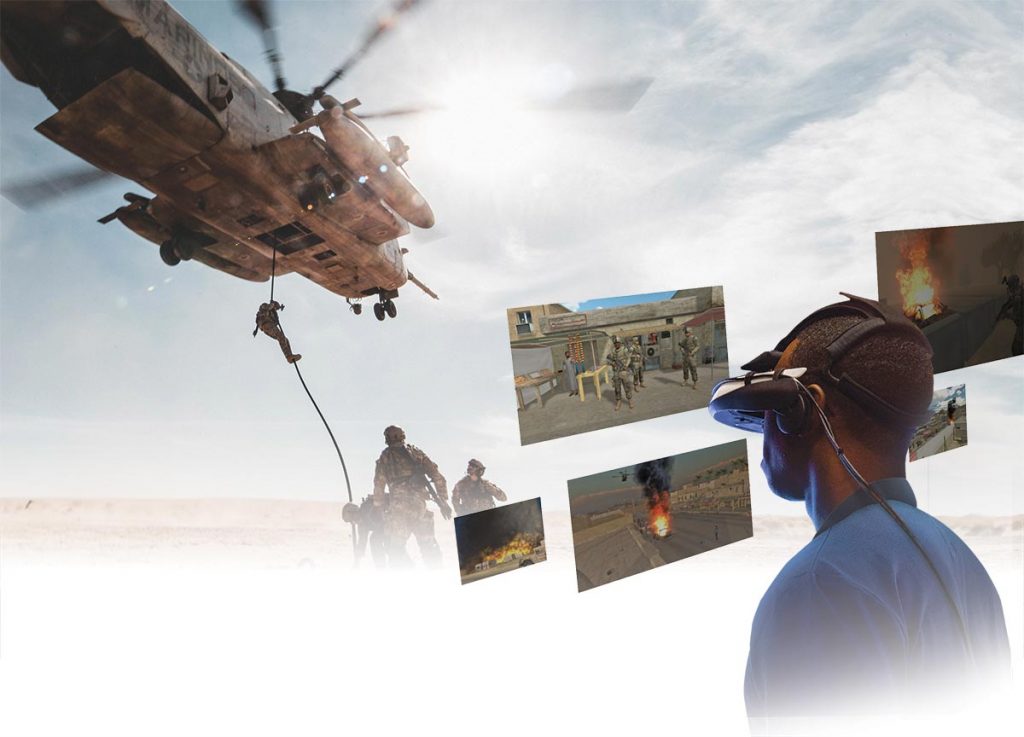
SoldierStrong, a national nonprofit committed to delivering revolutionary medical technology to veterans to help them take their next steps forward, announced a donation from Penumbra, Inc. (NYSE: PEN), a global healthcare company focused on innovative therapies, to support U.S. military veterans and active military service members with the use of immersive healthcare technology to help aid their physical rehabilitation. Penumbra will donate the REAL ® Immersive System, which leverages virtual reality (VR) to deliver engaging, immersive therapeutics designed to engage patients during their rehabilitation journey, supporting areas such as functional skills and cognition.
“There is significant research that supports the substantial benefits of virtual reality, which the military has long recognized. They are early adopters of VR technology to address a range of conditions, including post-traumatic stress disorder,” said Adam Elsesser, chairman and CEO of Penumbra, Inc. “In honor of Veteran’s Day and Penumbra’s commitment to help as many people as we can with our technology, we are proud to support SoldierStrong in their mission to aid the health and well-being of the men and women of the U.S. Armed Forces and veterans.”
With this donation, SoldierStrong will be able to deliver REAL Systems to more than 20 military and veteran rehabilitation centers across the U.S. This is the latest effort by SoldierStrong to provide revolutionary medical technologies to help injured veterans and active service members lead full lives. Prior to Penumbra’s contribution, SoldierStrong had donated $4.2 million in state-of-the-art medical devices to individual veterans and Veterans Affairs medical centers across the country. These devices include hyper-advanced prosthetics, exoskeleton suits used in the rehabilitation of spinal and stroke injuries, virtual reality to treat post-traumatic stress and highpowered mobility devices.
“VR often keeps patients engaged in ways not always found within the treatment process, particularly in physical rehabilitation, and that benefit is immeasurable,” SoldierStrong co-founder and chairman Chris Meek said. “We could not carry out our mission without the innovation and leadership of companies like Penumbra that enthusiastically support our efforts to provide veterans with life-changing medical technologies.”
REAL Immersive System is designed for clinicians to address the individual needs of high-acuity to highfunctioning patients in a rehabilitation setting. Its activities address motor skills, core and balance, cognition, functional tasks, activities of daily living training, vision and wellness.
About the REAL Immersive System Portfolio
Penumbra’s REAL Immersive System is part of a portfolio of immersive healthcare products that leverage virtual reality to deliver engaging, immersive therapeutics designed to promote better health, including furthering functional skills, cognition and stress management. Built on advanced technology with a growing library of VR- based activities and experiences, the REAL Immersive System portfolio is comprised of two product solutions: REAL Immersive System for clinical rehabilitation and REAL i-Series for wellness. For more information, please visit the REAL system website.
About SoldierStrong
SoldierStrong helps American patriots take their next steps forward. Through educational scholarships and by harnessing the most innovative technology in advanced rehabilitation, we help returning service men and women move in the only direction they should know – forward. Nearly every dollar SoldierStrong receives goes towards support of American patriots so that they can re-acclimate to civilian life. Our organization works to remind veterans who have sacrificed so much that we are forever thankful. For more information, visit the SoldierStrong website.
About Penumbra
Penumbra, Inc., headquartered in Alameda, California, is a global healthcare company focused on innovative therapies. Penumbra designs, develops, manufactures and markets novel products and has a broad portfolio that addresses challenging medical conditions in markets with significant unmet need. Penumbra supports healthcare providers, hospitals and clinics in more than 100 countries. For more information, visit the Penumbra website and connect on Twitter and LinkedIn.




